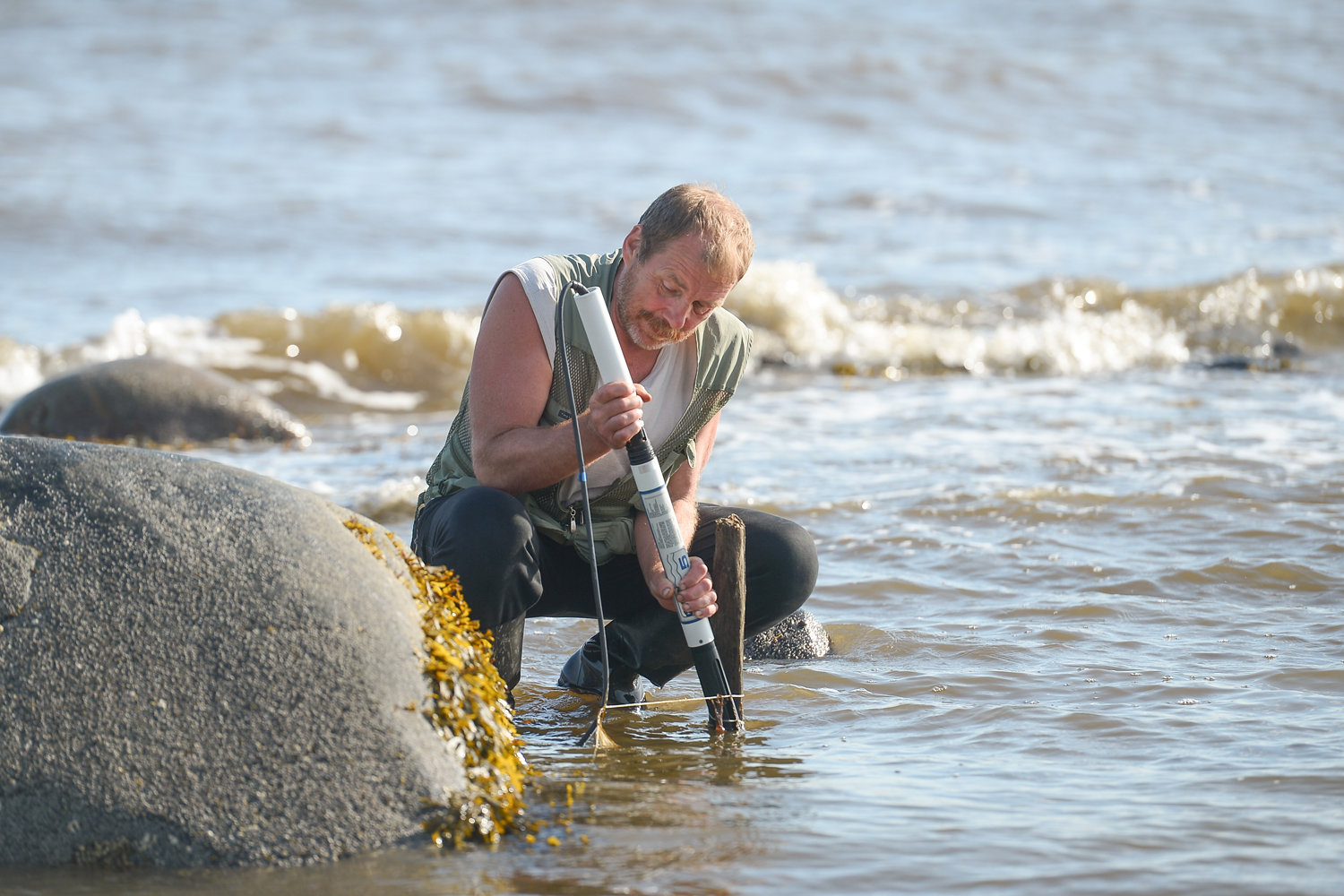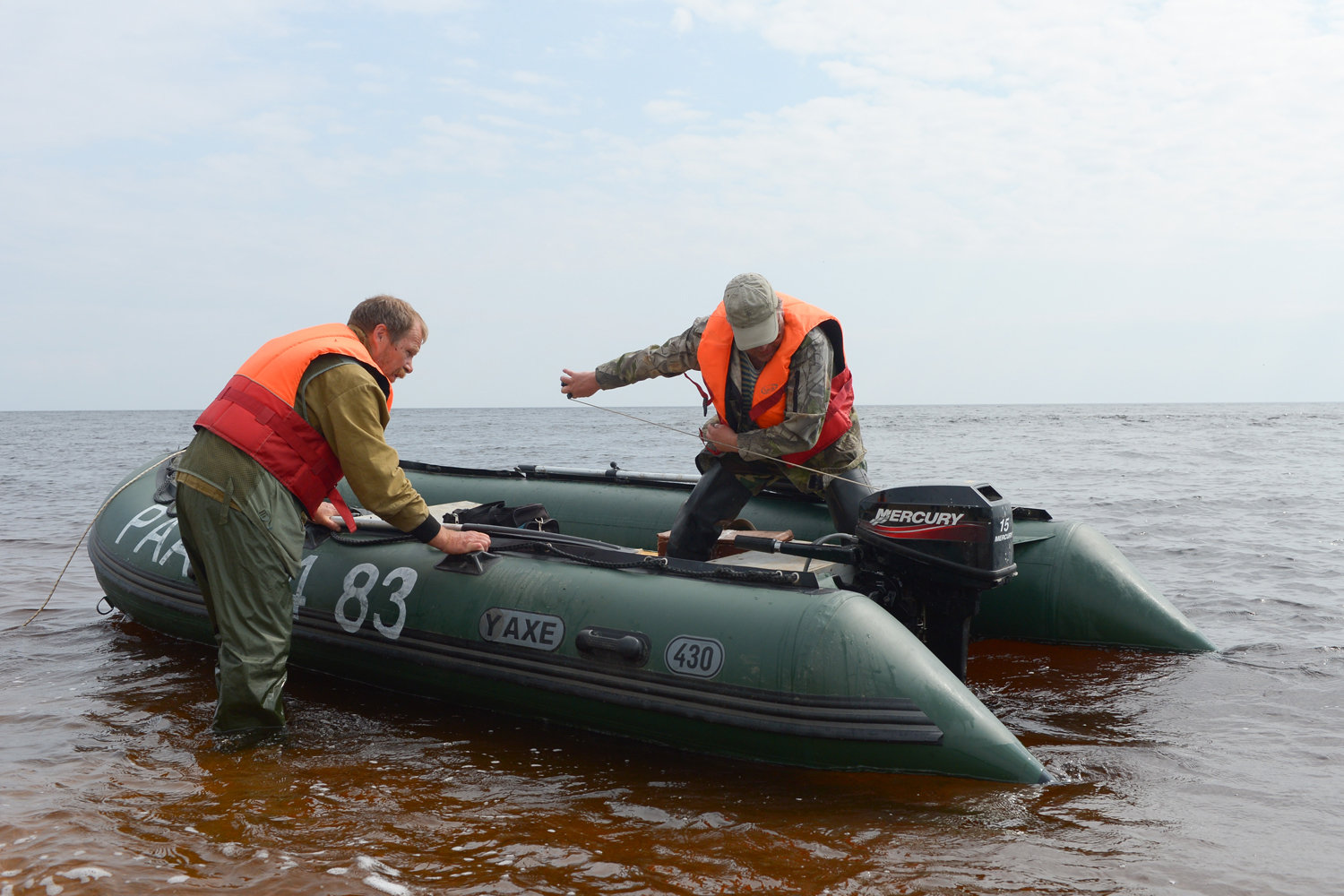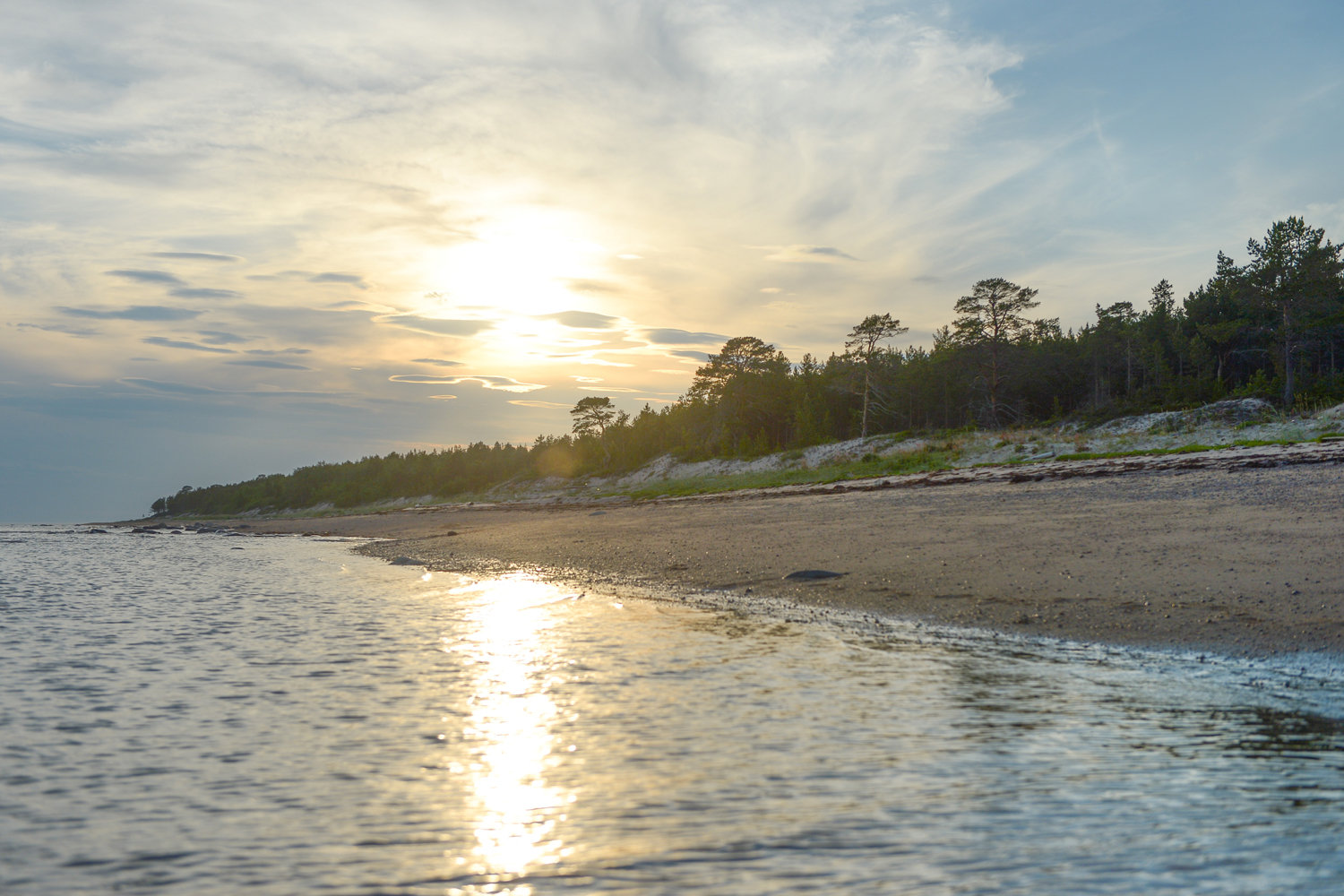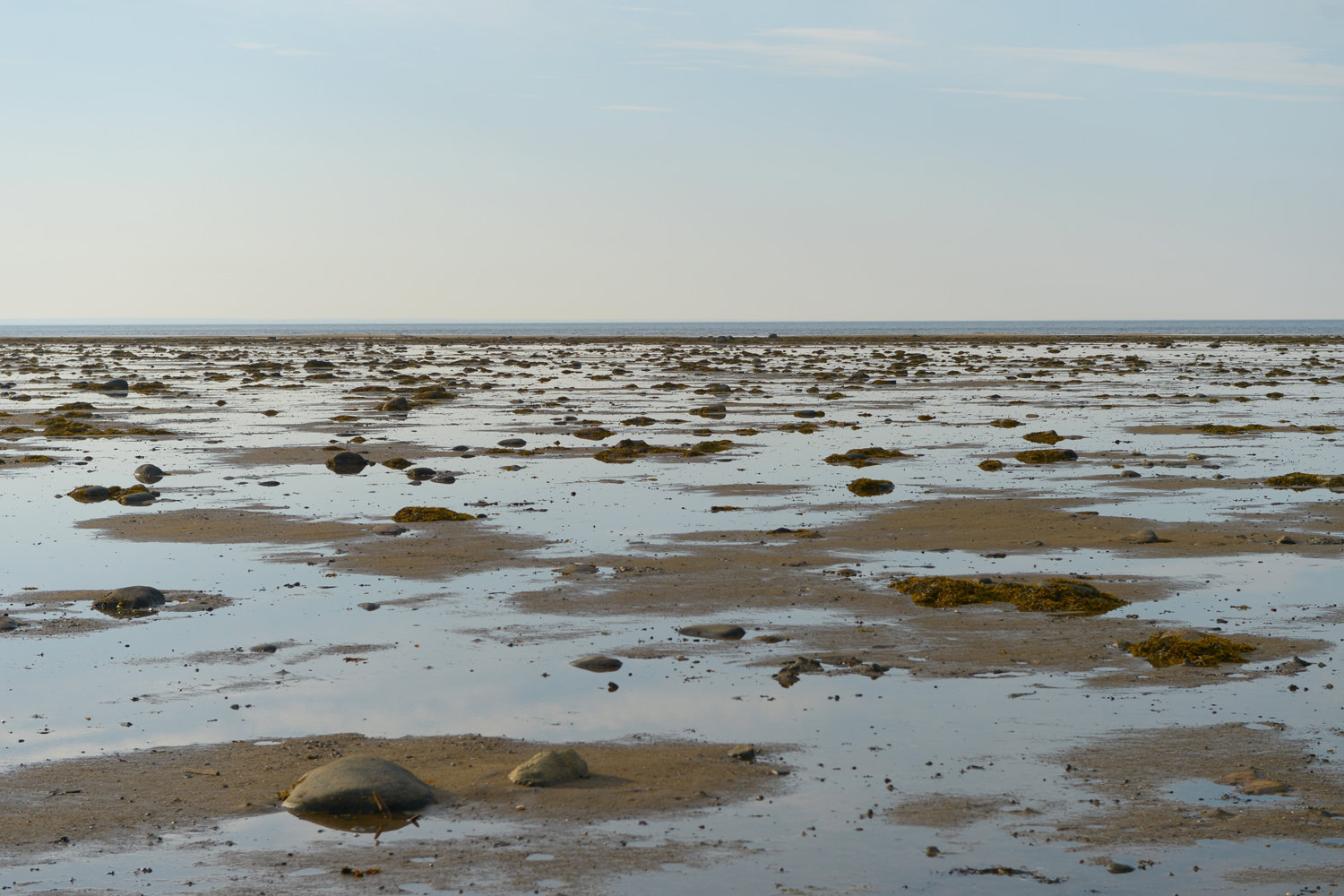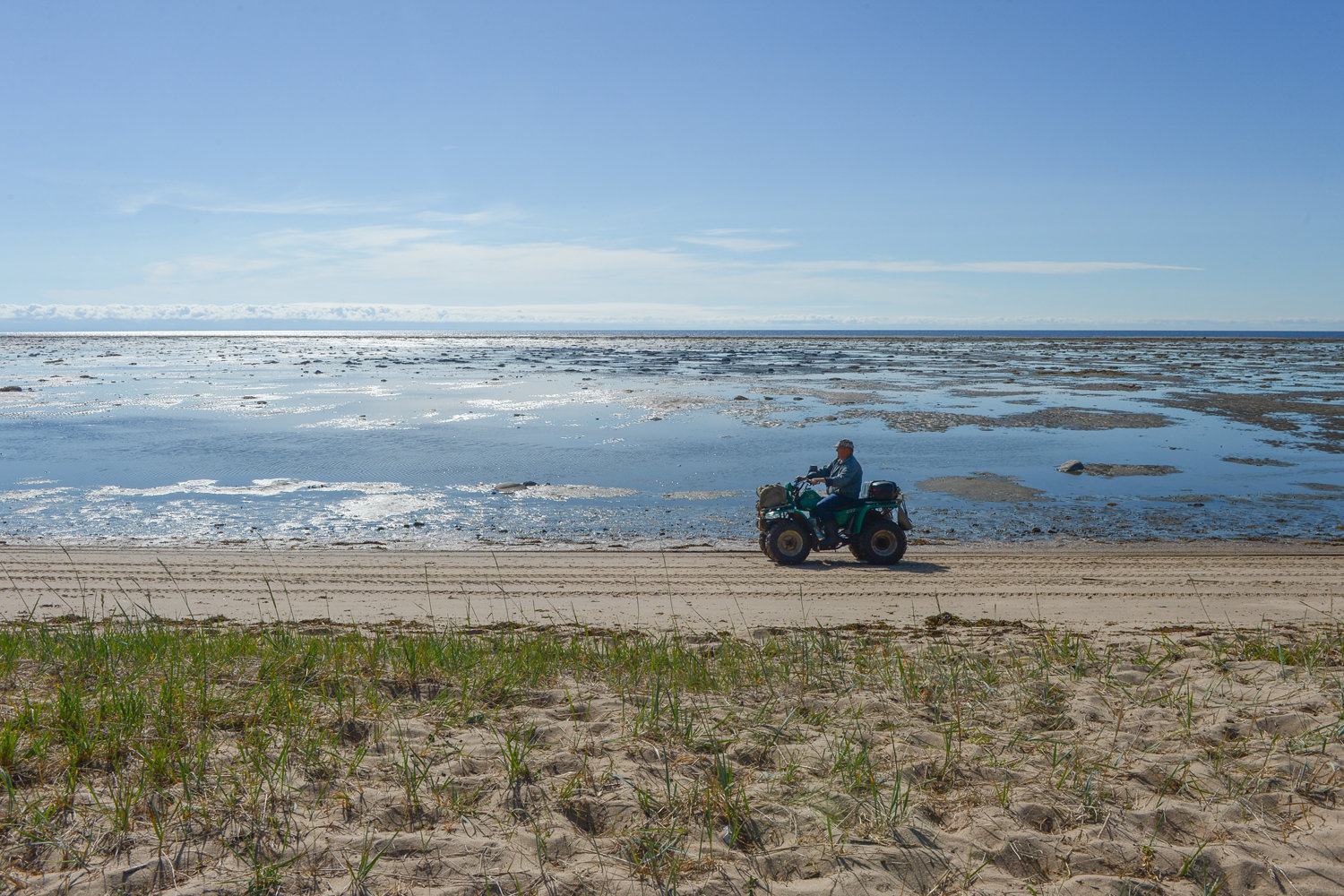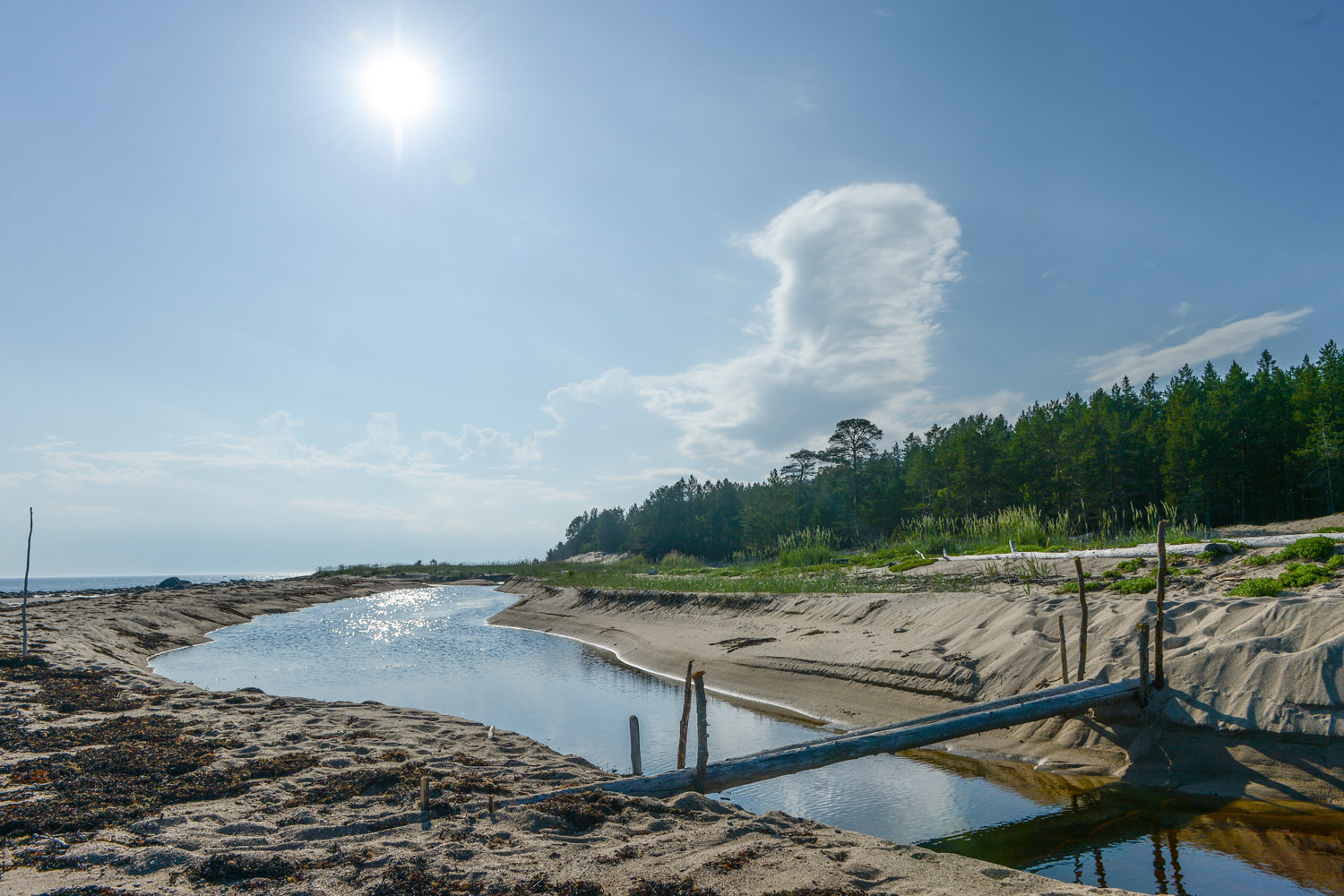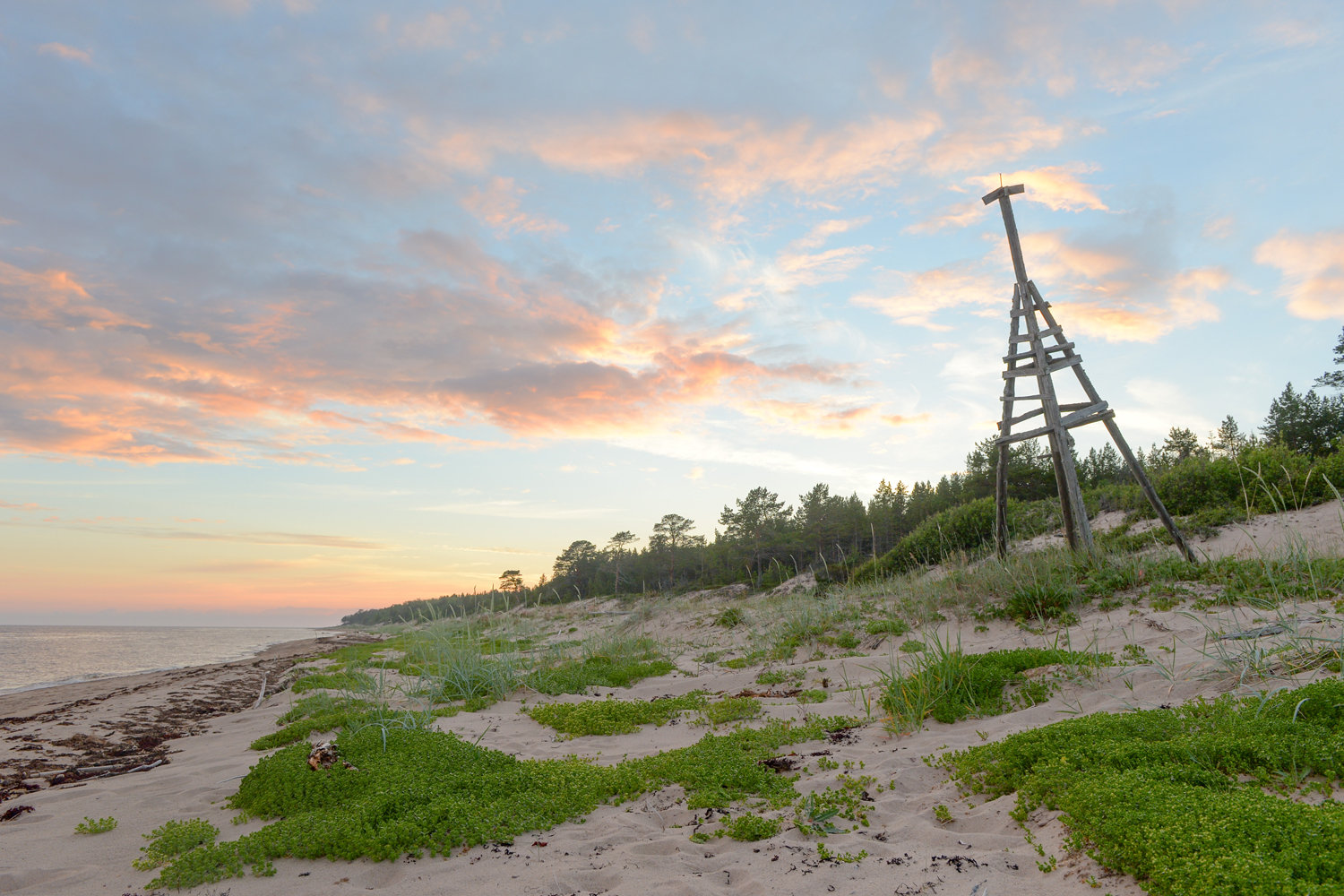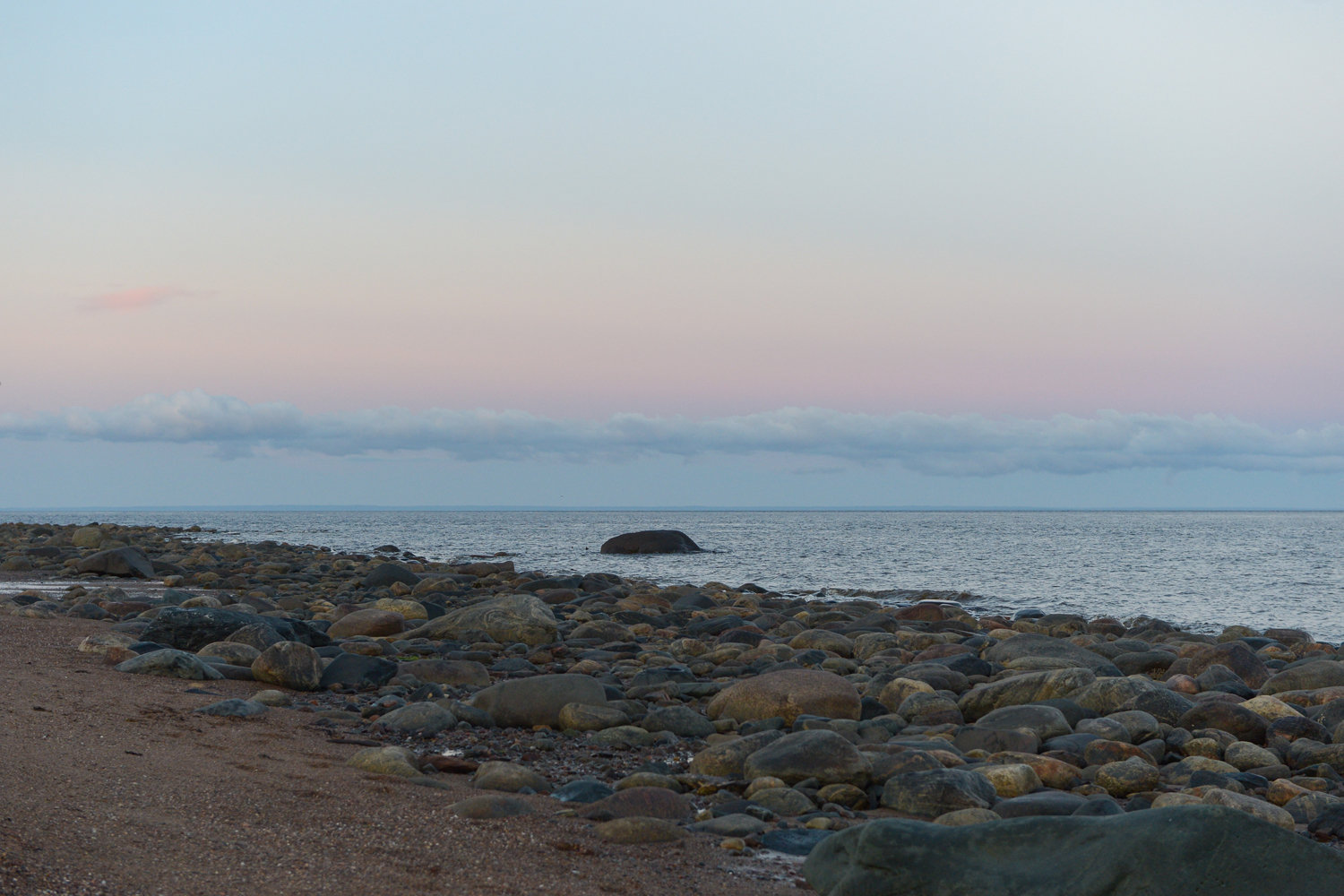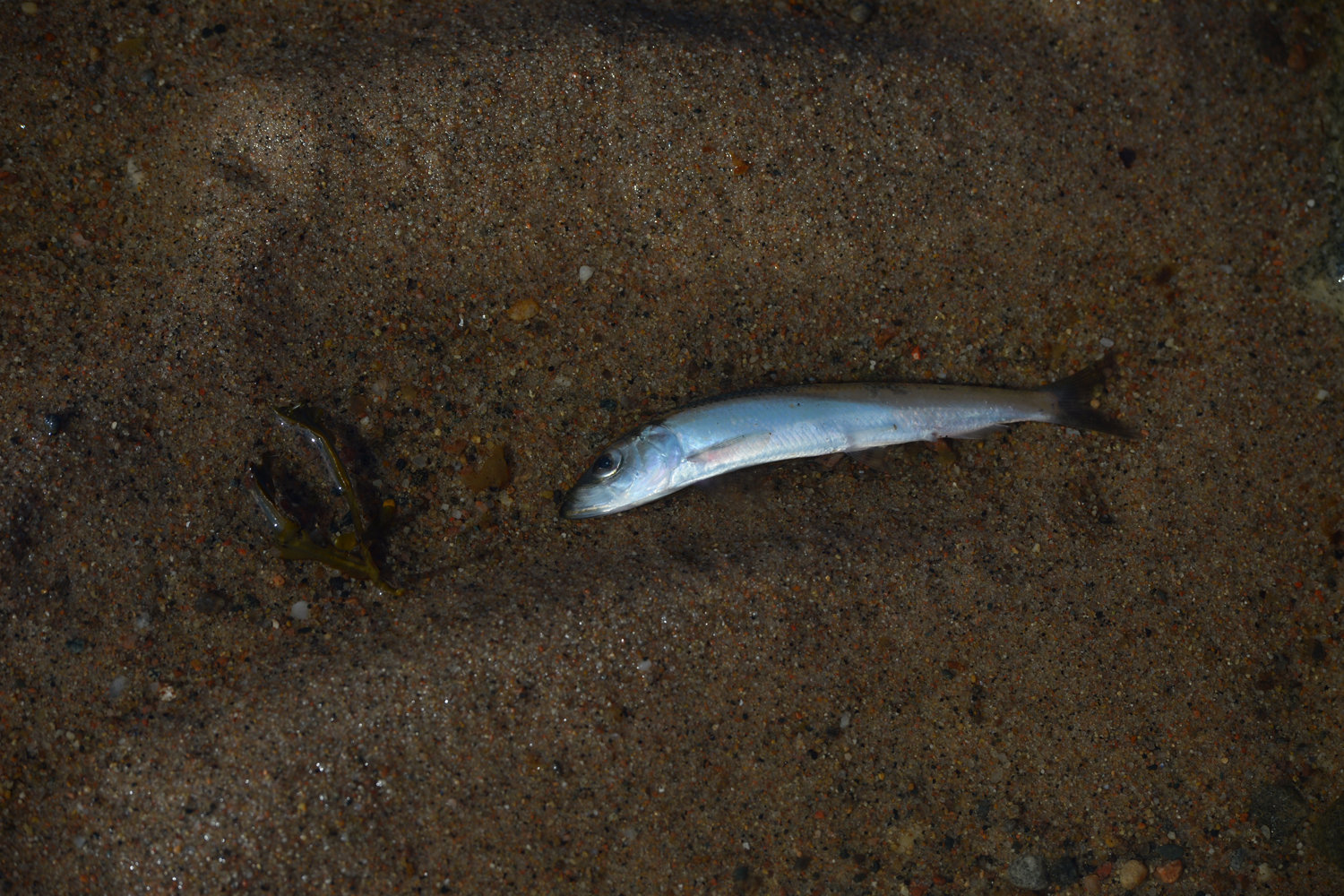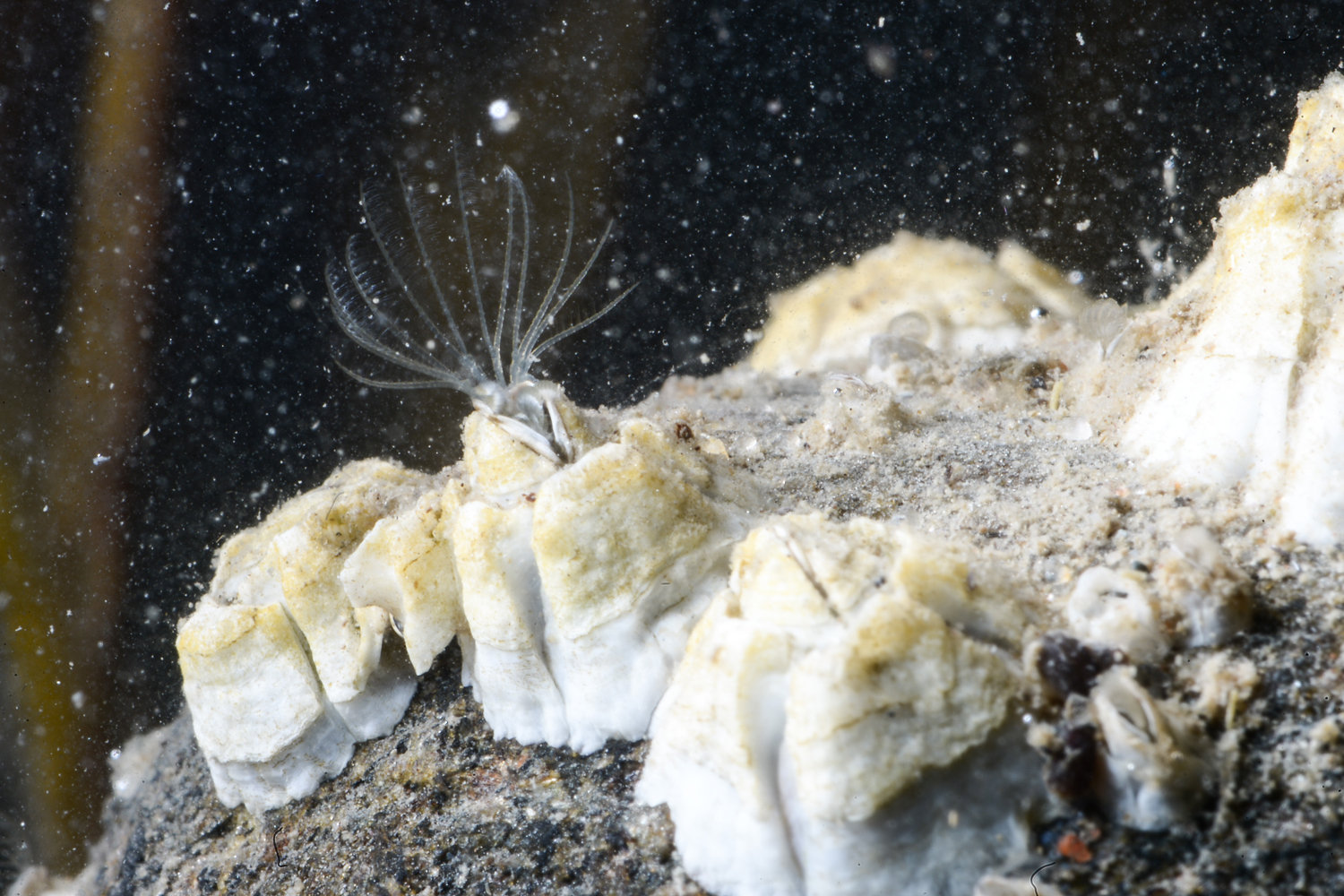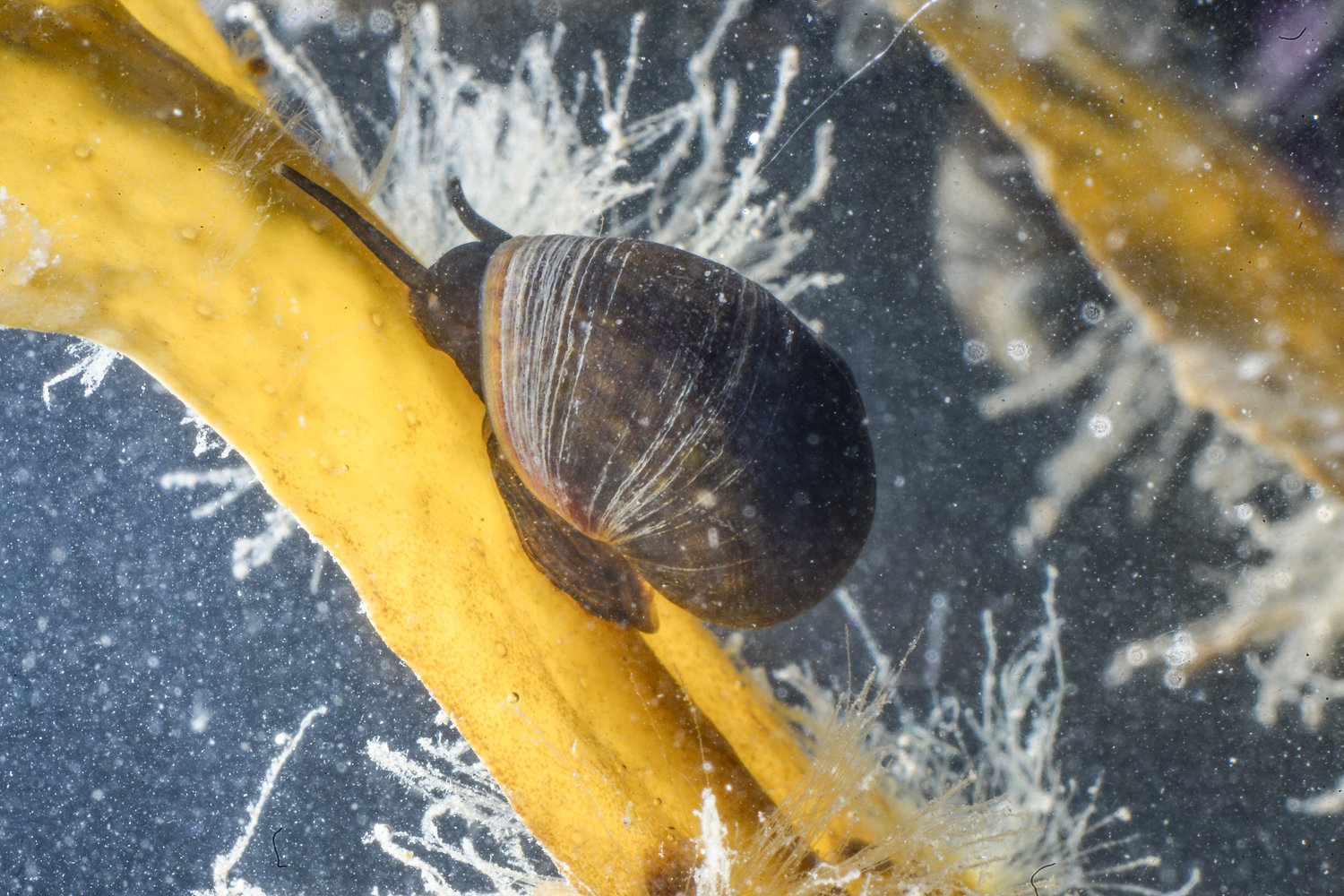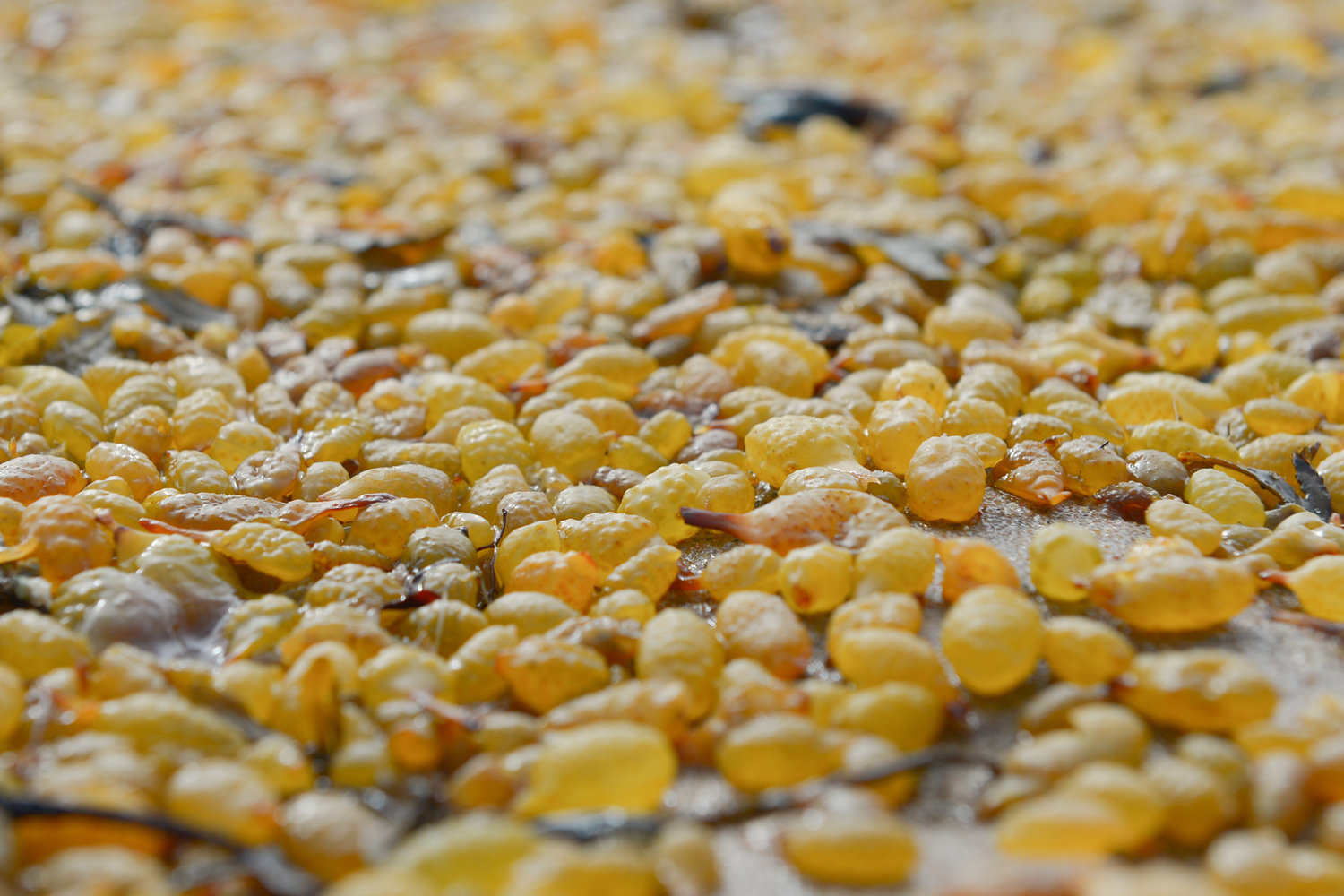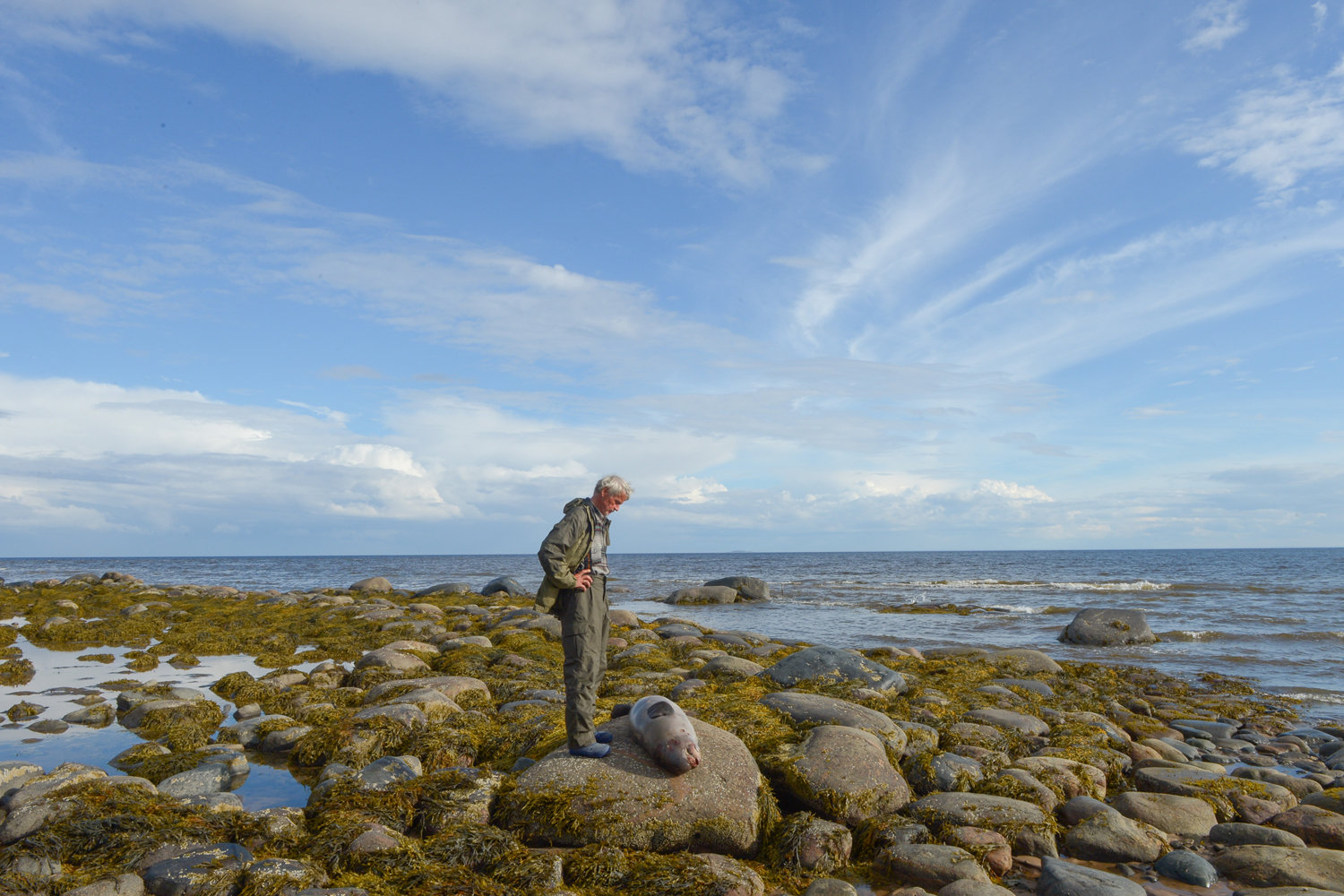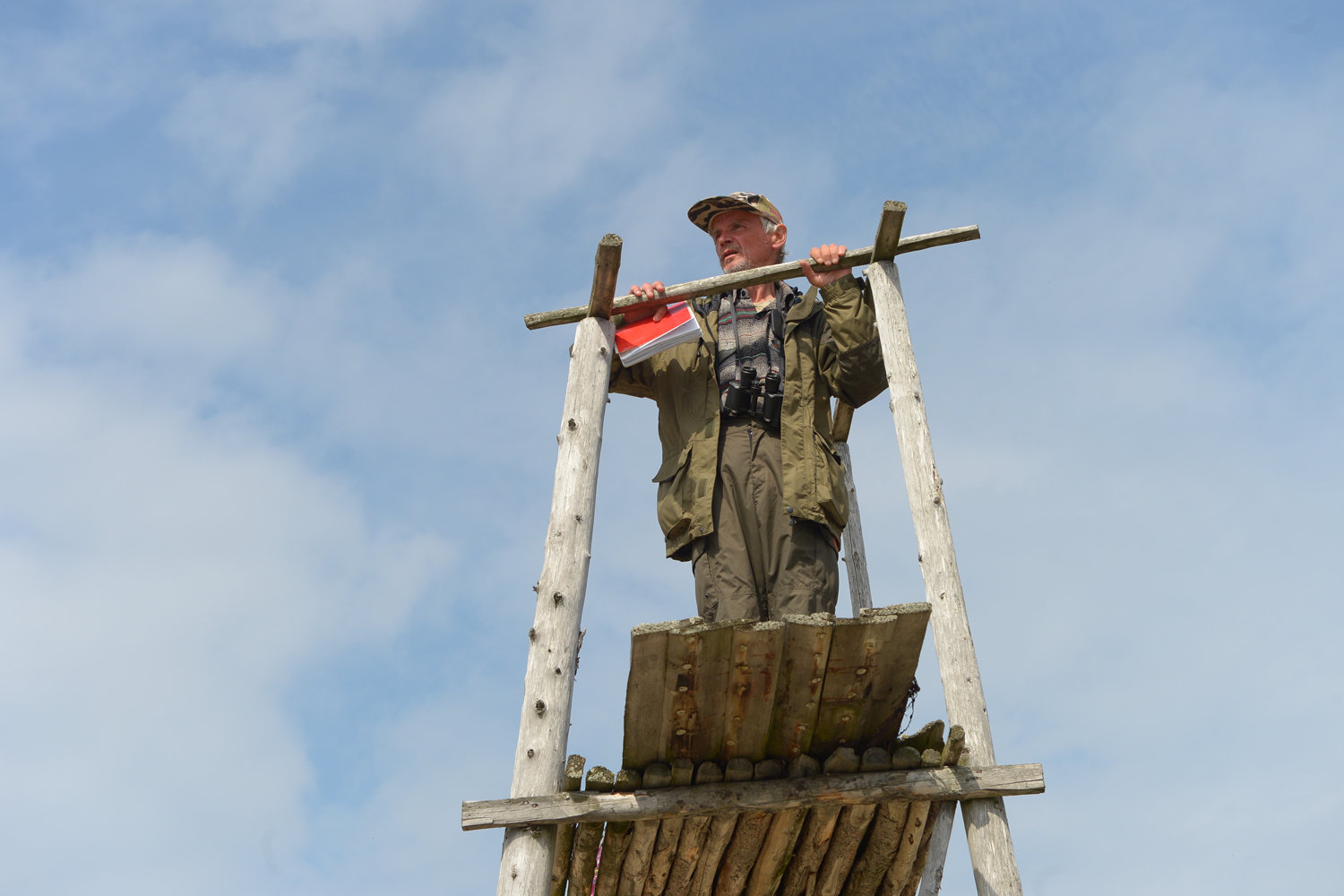The White Sea is one of Russia's smallest seas, covering an area of only 90,800 sq km, or one-sixteenth of the Barents Sea. Its depth, at the lowest point, is only 343 meters.
Oceanologists regard the White Sea as a miniature version of the World Ocean. It has all shallow-level zones, bays and a deep-water area, which provides a means of studying standing waves called seiches and internal fluctuations called Rossby waves. The sea's hydrological regime is affected by climatic conditions and water exchange with the Barents Sea, as well as tides, river flow and bottom topography.
"The White Sea is small but it has very diverse hydrological conditions across its area that determine the specifics of biocommunities and their development," says expedition member and oceanologist Sergei Klimov

